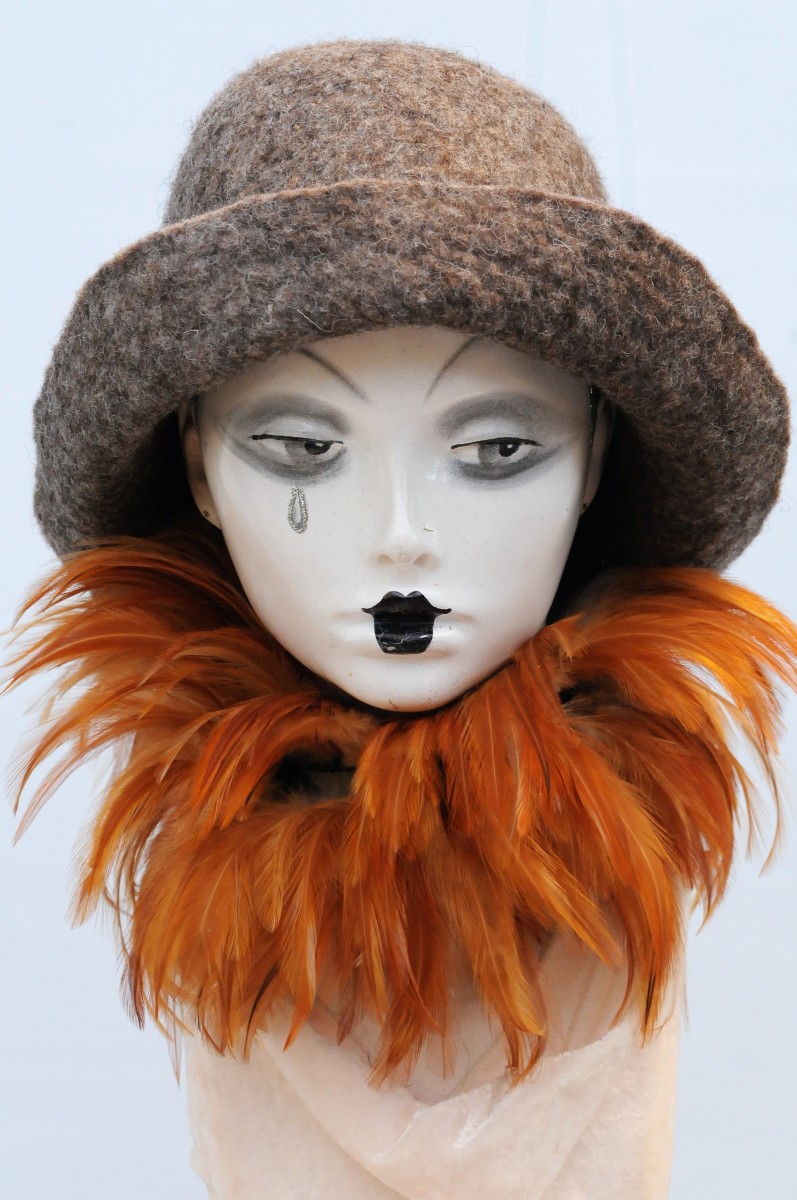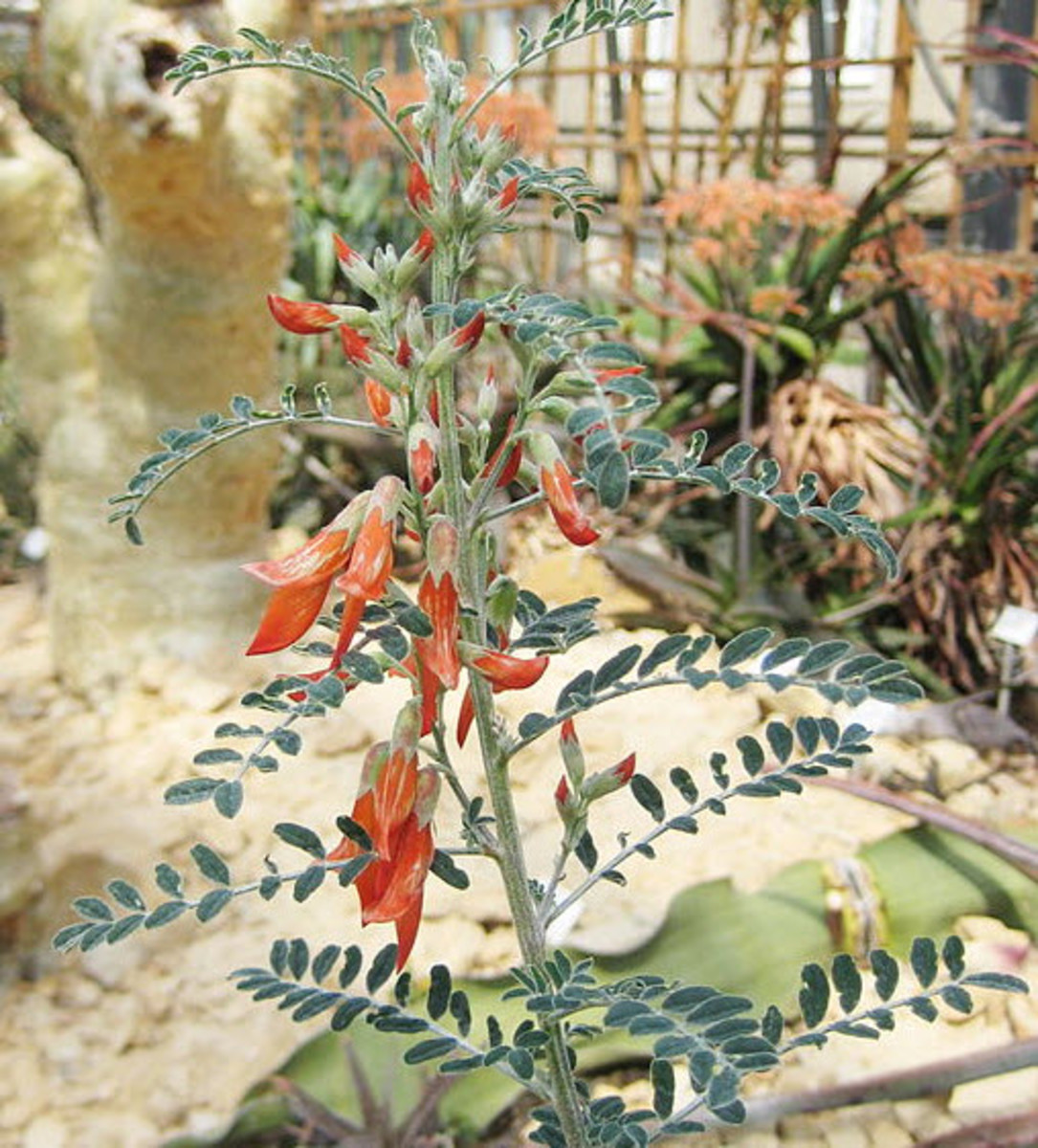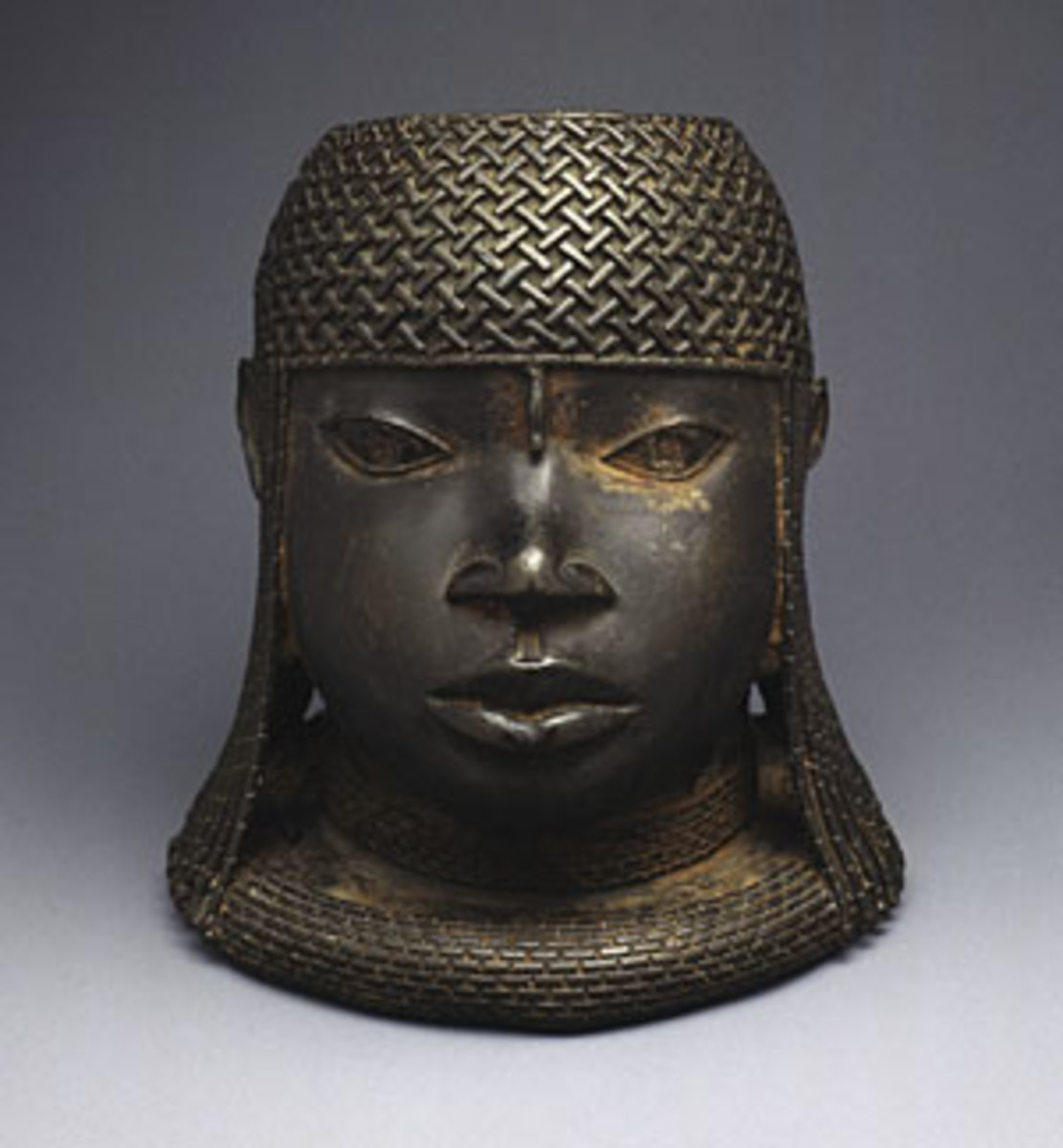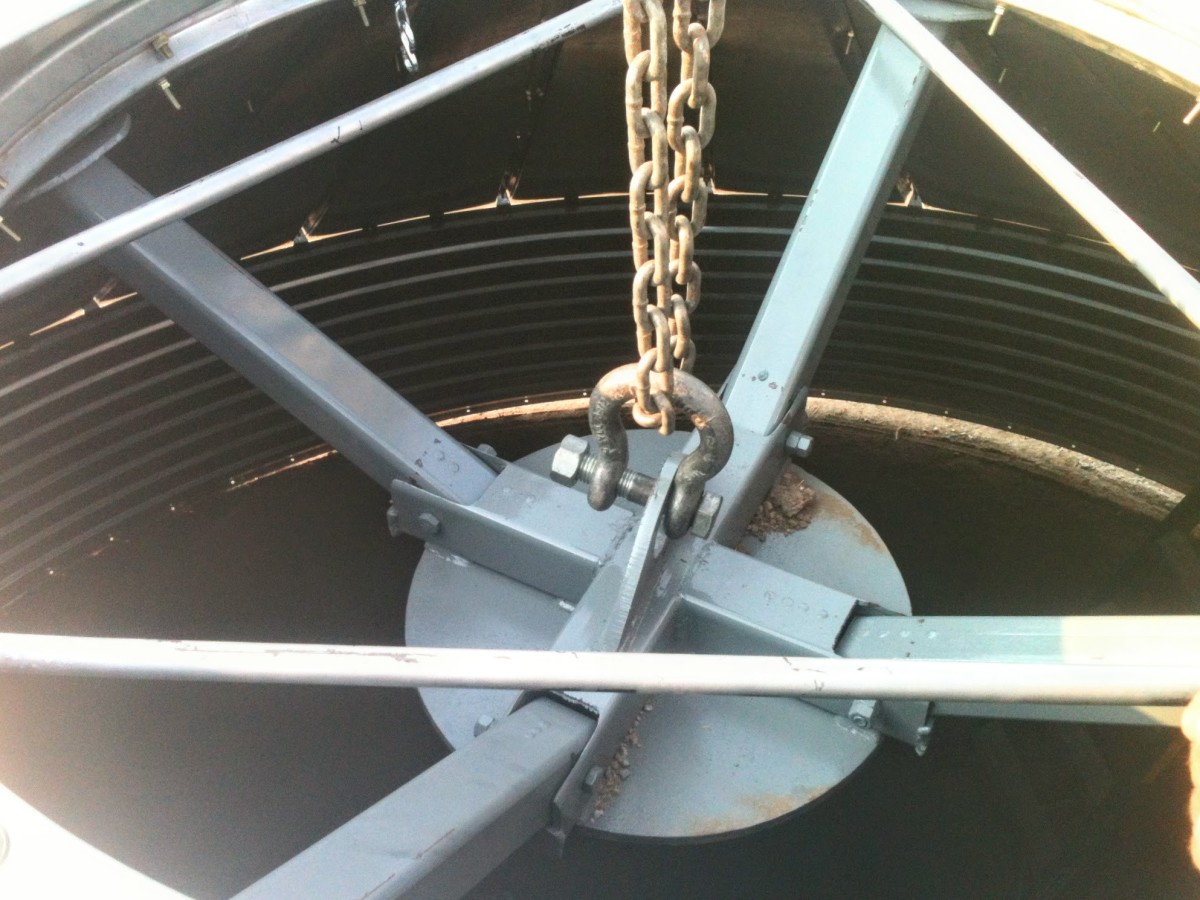How Sheep's Wool Is Processed
How Wool is Processed?
Wonderful Sheep Wool
Sheep's wool is the first natural fibre to be woven into material used for making clothing, and this is from long ago.
Today it is still popular; just look how many socks, jerseys, slippers and scarves are made of wool.
Centuries ago
Wearing wool, is not new people have been doing it since the Stone Age. When people learned how to turn raw wool into clothing a versatile material was born to keep us warm and comfortable at night and cool during the day.
Primitive wool processing eventually grew into a huge industry of great value, especially in countries in the Southern hemisphere.
What is Wool?
Wool is the fine, soft fibre from the fleece of sheep or the pelts of other animals such as bucks. Angora rabbits, lamas, camel’ vicunas, and guanacos are the last two related to the camel. Wool fibres grow out of follicles in the animal’s hide.
The fibres are made of the protein keratin and are slightly cylindrical.
The surface of the fibre is covered with many scales which fold over one another and interlock if the wool is subjected to warm or humid conditions or has pressure applied to it.
Wool sheep in South Africa
Local wool comes mainly from merino sheep.
A soft kind of wool, it is dense and perfectly suited to making luxurious protective clothing.
Merino was originally bred in Spain and became well-known around the world for the whiteness, softness and strength of the wool.
The Karakul, another important breed, is originally from Asia.
The Karakul's wool is short, coarse and brownish-grey and is generally used for carpets with a naturally coarse appearance.
The next time you use coarse wool think of where it originated from and how important the breed is in Asia.
The best-known karakul product is fleece for newborn lambs. This fleece is known as astrakhan and is very soft. It is used for jackets, hats and jacket collars.
Angora goats are also farmed in the Eastern Cape.
They are originally from Asia Minor and provide mohair fibres which are coarse than wool but look soft and shiny. Mohair is used in suits and dresses.
Wool and the Economy
Australia is the biggest producer of raw wool in the world at least thirty per cent of the world's supply comes from Australia.
The other big wool-producing countries are China, New Zealand, the United Kingdom, Argentina, South Africa, and Uruguay. Agriculture is responsible for three and a half per cent of South Africa's gross domestic product the goods and services the whole country produces.
This includes contributors from citrus fruit, wheat, corn, dairy, sugarcane, tobacco, wine and wool. South Africa exports wool mainly to the Czech Republic, Italy, Germany and France.
Advantages and Uses of Wool
Wool is soft, elastic and warm. It keeps the wearer cool in summer and warm in winter. Fabrics made from wool are easy to clean and keep their shape perfectly.
Wool can also ''breathe'' because the fibres absorb the moisture the body produces and allow it to evaporate something artificial materials fail to do.
All these properties make wool suitable for blankets, jerseys, caps, gloves, and socks, among others.
Mountain climbers and astronauts dress in layers of woollen clothes to protect themselves against the cold.
Wool can resist high temperatures and flames and is also used in the protective overalls of racing drivers, firemen, and those who work with hot metal.
The fat removed from wool when it is washed for the first time is also put to good use it is purified to make lanolin, a substance used in face cream, soap, polish, ink, and ointment. Nothing of the fleece can go to waste.
The wool-making process.
Sheep Shearing
What is Sheep Shearing?
Cutting off the wool is mostly done with mechanical shears although traditional sheep shears are still used.
Skilled sheep shears can shear many sheep in a day and with lots of practice can remove a sheep's entire fleece in one go using long, smooth strokes without injuring the animal in any way.
Once removed the fleece is thrown over a skirting table like a blanket and examined.
Wool that is too short, dirty or inferior is removed from the rest of the fleece. Next, the specially trained people grade the fleece according to the length and softness of the wool.
The wool is then sent to wool bins in a separate bin.
When the bin is full enough a wool press compresses it into a bale which is secured with sail thread.
The farmer's wool is now ready to be transported to the marketplace to be sold. In this raw form sheep's wool contains fat, soil, and bits of plants that must be washed out.
The wool is placed in long vats filled with warm water and detergents. Long metal hooks are used to guide the wool from vat to vat.
After it has been washed and dried a fleece can weigh less than half its original weight.
What is vat to vat?
A large tank is used for all the wool and allows one to move the wool from one space to another. At this stage, the wool is matted and the fibres point in all directions.
It is now teased, which means it is put through rollers fitted with wire teeth that ''comb'' it so the fibres lie down neatly.
After this procedure, the wool is separated into long strips. A spinning process is used to make the strips longer and thinner. It is then plaited and there you have its woollen yarn!
The yarn varies in colour from white to off-white.
The next step is to dye it the desired colour which is usually done in large vats. If the yarn is going to be multicoloured the can take place either before or after the spinning process.
When the wool has been turned into yarn, it can be made into various textiles by knitting or weaving it.
Knitting fabric is made by looping the yarn, using either knitting needles or a knitting machine. In the weaving process, two sets of yarn are interwoven by machine.
Did you know the following about beautiful wool?
Sheep usually live for about eight years. The first Merino sheep were brought to the Cape in the late 1700s.
South Africa was the first country outside Europe to have Merino sheep.
About forty per cent of the world's total wool production comes from merino wool and over forty-three per cent comes from crossbreeds.
Wool from the shoulders and flanks of sheep is generally of better quality than that taken from other parts of the animal.
The province with the most wool sheep in South Africa is in descending order: Eastern Cape, Free State, Western Cape, Northern Cape, Mpumalanga, and KwaZulu-Natal.
The National Wool Growers Association of South Africa was formed in nineteen hundred and twenty-six and still exists today.
Angora goat provides luxury wool and is farmed all over the world. In South Africa, they are farmed mainly in the Eastern Cape.
Knitting is simple and can be learned easily in a class.
A great skill to learn and by following the instructions you can make what you find is easy and needed for you to keep warm.
I am South African and familiar with how wool is processed.
I have learned many new facts about wool from my research and I am glad to share this information with all my readers.
Hopefully, you will find this hub interesting and useful and would like to learn a new skill, knitting.
Sheep wool
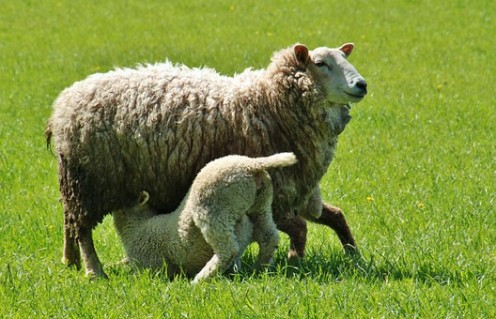
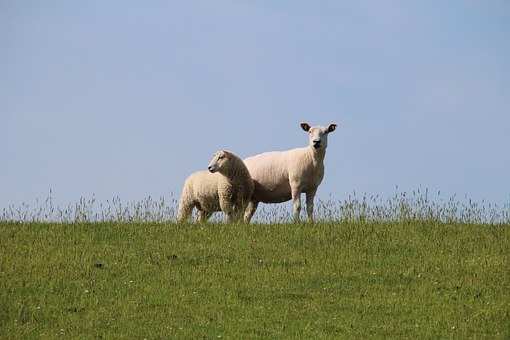
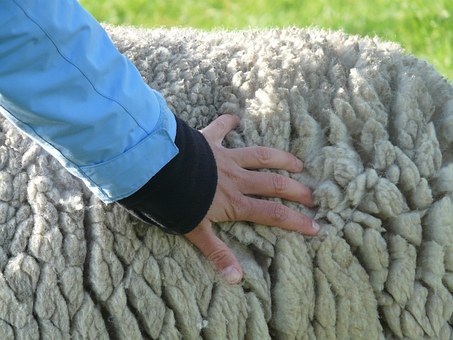
Wool is beautiful and perfect for keeping us warm
Did you know how wool is processed?
This content is accurate and true to the best of the author’s knowledge and is not meant to substitute for formal and individualized advice from a qualified professional.
© 2013 Devika Primić

